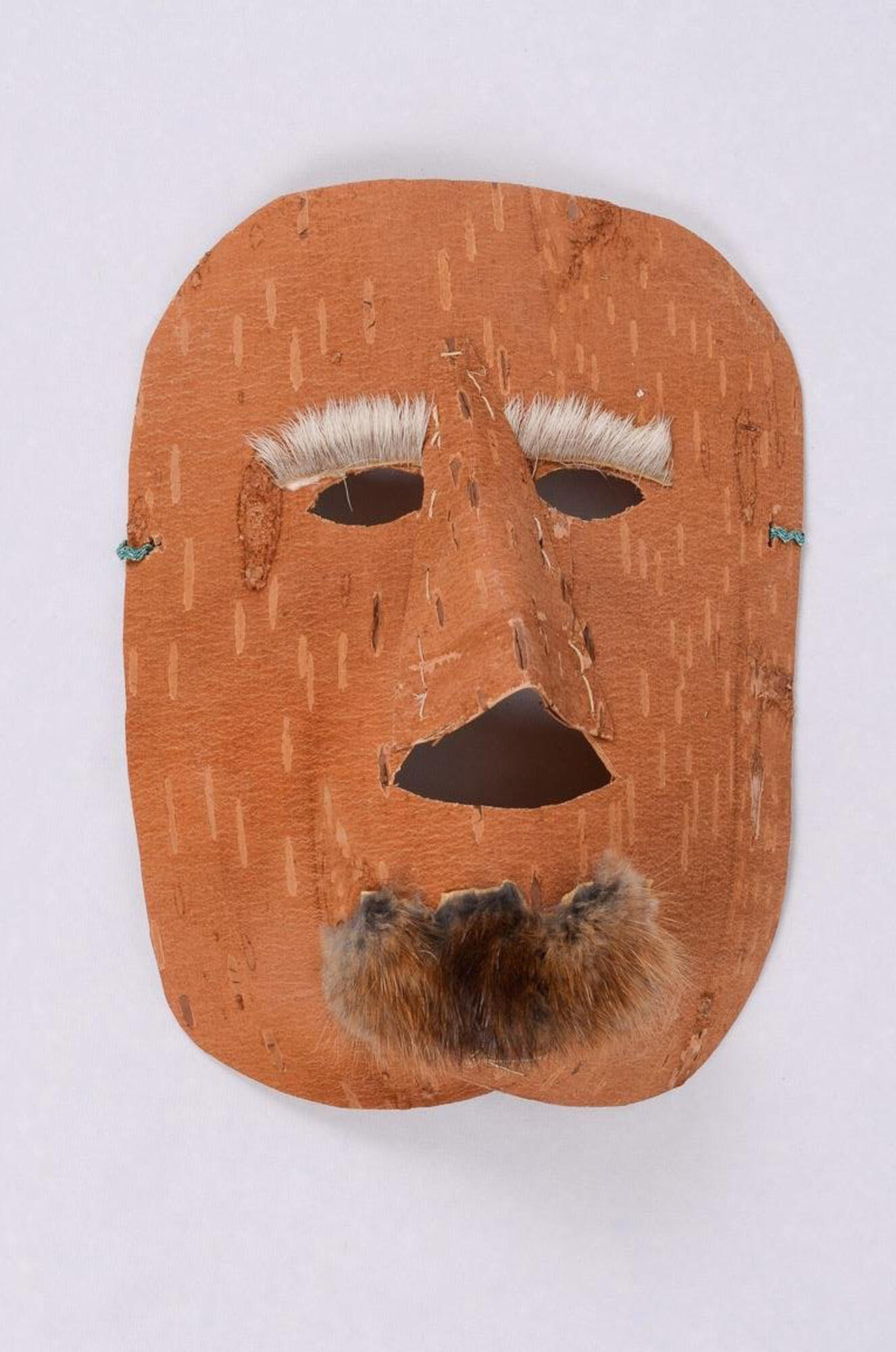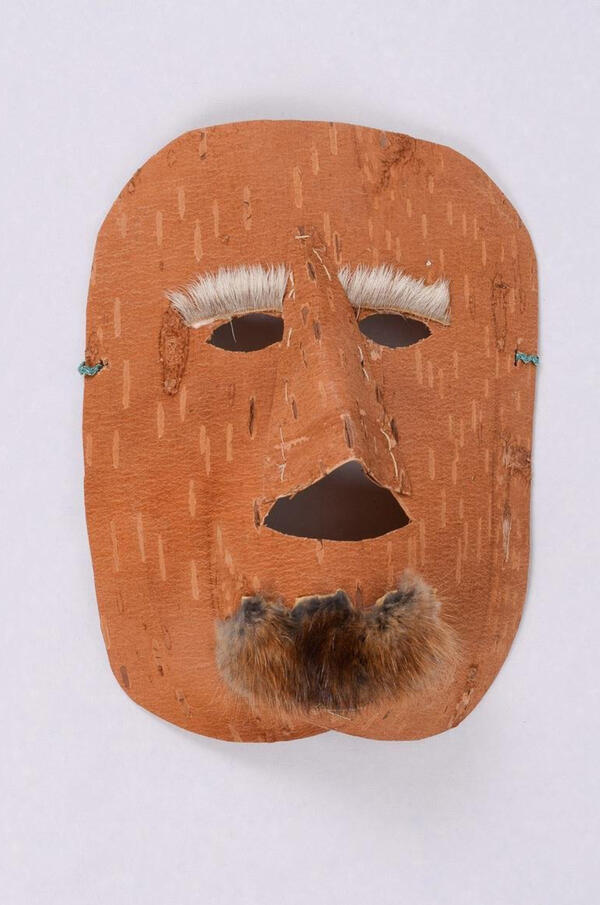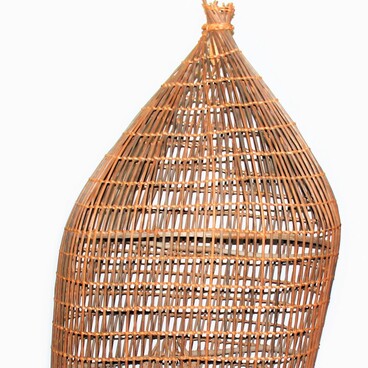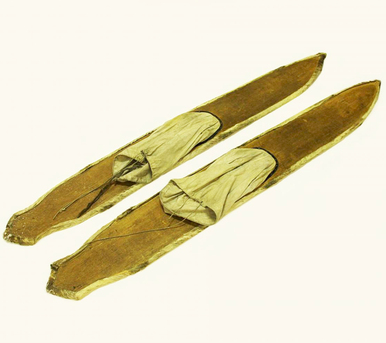The Ob-Ugrians’ bear feast is an ancient, strictly regulated rite and, at the same time, a multi-genre performance. This celebration accompanied a successful bear hunt. The killed animal was greeted as a guest in yurts, presented with gifts, and “given a treat”. Then, it was skinned and cut specially, the meat was cooked. Bear meat was eaten at night during the entire feast, which could last up to several days. Between meals, the Khanty danced, played games, and sang songs. The hide was folded in such a way that the hind legs were turned inward, and the head lay between the front legs, that is, it was placed in the “sacrificial position”. Then, the bones and the skull were buried in a special way: it was believed that the bear could be reborn. And the hide, muzzle, paws, and lips were kept as sacred.
Those present at the celebration wore masks. Some researchers believe that in this way the participants in the rituals tried to give themselves a bear-like appearance, to emphasize that people and bears are the one. According to another version, the hunters tried to hide their faces with the help of masks in order to avoid punishment for killing and eating the meat of a sacred animal. Theatrical performances were carried out exclusively by men, even the female roles were played by men only.
From the end of the 19th century to the present day, ritual masks have been made mainly from birch bark. However, there is evidence that they were previously carved out of wood. Birch bark is not the most suitable material for such attributes, it quickly becomes unusable. But at the same time, it is easily available: if the mask broke, then, it was easily replaced with a new one. The technology for making ritual masks was similar for all groups of the Khanty, they differed only in small details and decor.
The mask from the funds of the museum complex is made from a single plate of birch bark, with the white surface turned inward. The mask has holes for the eyes. The eyebrows are made of reindeer fur. The opening for the nose was covered with a birch bark triangle, which was fixed with tendon threads. At the bottom of the mask, the master shaped the chin. He also sewed a “beard” of gray-brown muskrat fur with tendon threads.
Those present at the celebration wore masks. Some researchers believe that in this way the participants in the rituals tried to give themselves a bear-like appearance, to emphasize that people and bears are the one. According to another version, the hunters tried to hide their faces with the help of masks in order to avoid punishment for killing and eating the meat of a sacred animal. Theatrical performances were carried out exclusively by men, even the female roles were played by men only.
From the end of the 19th century to the present day, ritual masks have been made mainly from birch bark. However, there is evidence that they were previously carved out of wood. Birch bark is not the most suitable material for such attributes, it quickly becomes unusable. But at the same time, it is easily available: if the mask broke, then, it was easily replaced with a new one. The technology for making ritual masks was similar for all groups of the Khanty, they differed only in small details and decor.
The mask from the funds of the museum complex is made from a single plate of birch bark, with the white surface turned inward. The mask has holes for the eyes. The eyebrows are made of reindeer fur. The opening for the nose was covered with a birch bark triangle, which was fixed with tendon threads. At the bottom of the mask, the master shaped the chin. He also sewed a “beard” of gray-brown muskrat fur with tendon threads.



